Comics derive inspiration from many sources, but folklore and mythology have been primary influences for comics writers and artists for as long as the medium has existed. Be it the Norse pantheon, Greco-Roman tales, Indian myths, or Japanese folk tales, these legends have been reimagined into lively comics in different parts of the world.
While many of these comics have gotten the movie treatment courtesy of Marvel Studios, the DCEU, and other productions, they're still extremely enjoyable in their native comic-book forms, where readers can see what the original heroes and villains were supposed to look like. This curation of epic tales borrows from gods and celestial beings that have appeared in fantastic tales told to people from across varied continents since ancient times.
9 Wonder Woman
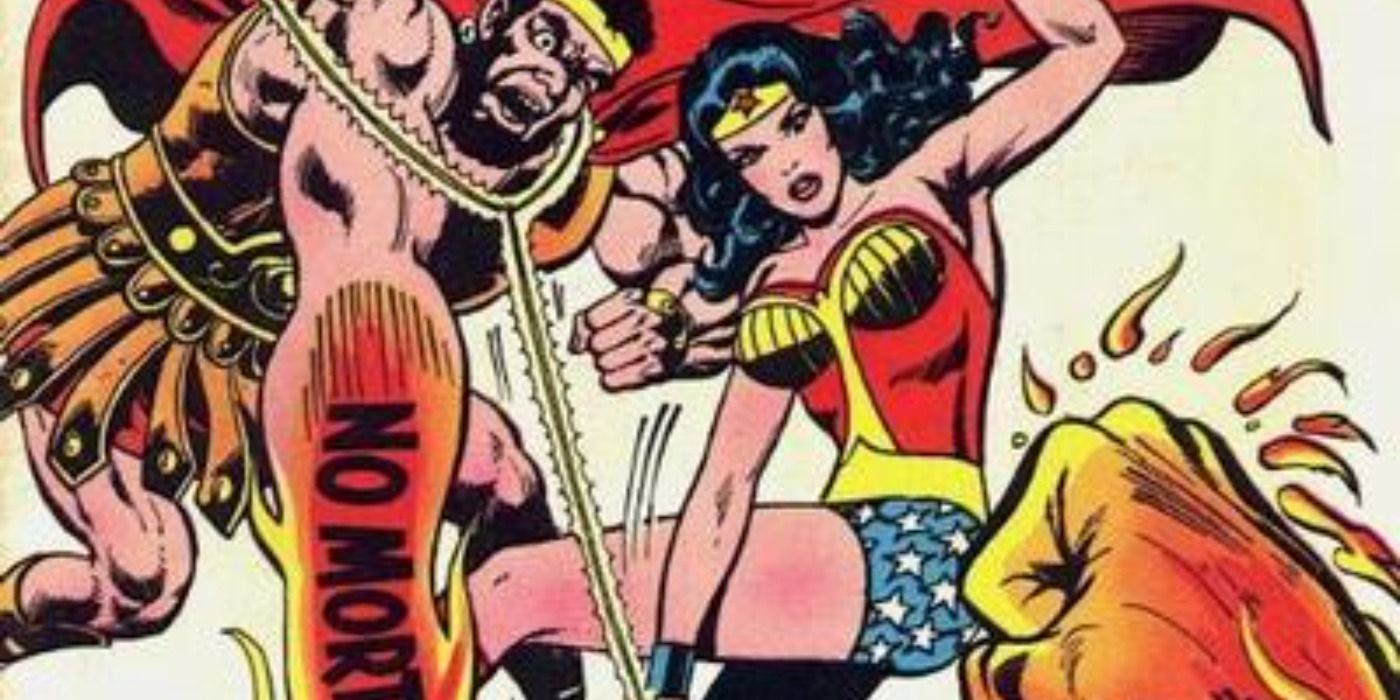
The DC superhero Wonder Woman has her origins in the Greek myths. Despite several changes to her backstory over the years, she has always influenced by the gods. In the Bronze Age of comics, she was fashioned with clay into an Amazon with the powers of Greek Gods. In the Silver Age, this was changed so that Diana/ Wonder Woman was blessed with the strongest superpowers of the gods at birth. She was given Aphrodite's beauty, Hercules' strength and Athena's intelligence.
The final iteration of Wonder Woman's story is that she was the daughter of Zeus and Hippolyta, which makes her a demigod herself. Wonder Woman's archenemies in the comics are Ares the God of War, and Circe from Homer's Odyssey. She fights epic battles with them regularly.
8 Yu-Gi-Oh!
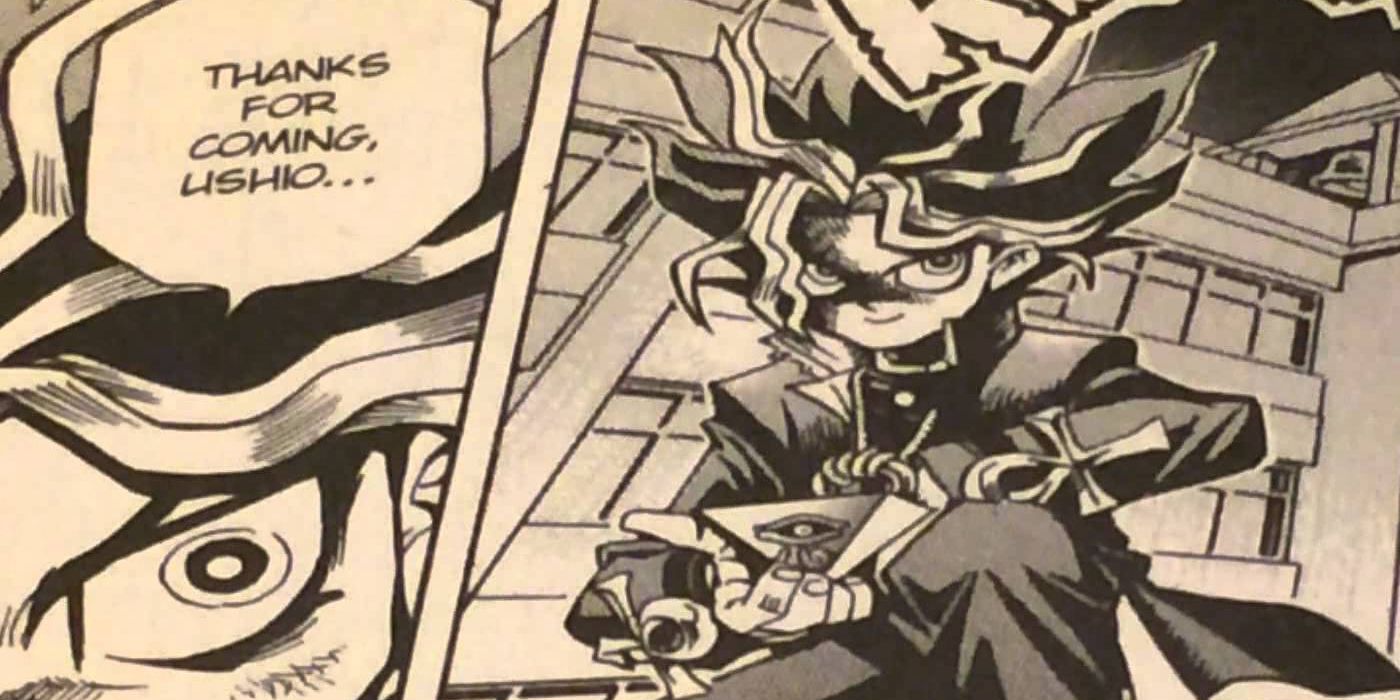
A Japanese manga series that successfully blends Egyptian legends with gaming, Yu-Gi-Oh! follows young Yugi Mutou. He develops an alter ego who loves solving puzzles and tinkering with deadly games against deadlier enemies. As the spirit that possesses Yugi decodes ancient puzzles and Shadow Games, we find out that the spirit belongs to a Pharaoh from ancient Egypt who lost his memory.
Yugi and his companions then attempt to help recover the Pharaoh's lost memories, all the while playing games that become more and more dangerous. The manga was developed into two anime series, and Yu-Gi-Oh! spawned many iconic card games and merchandise as well.
7 18 Days
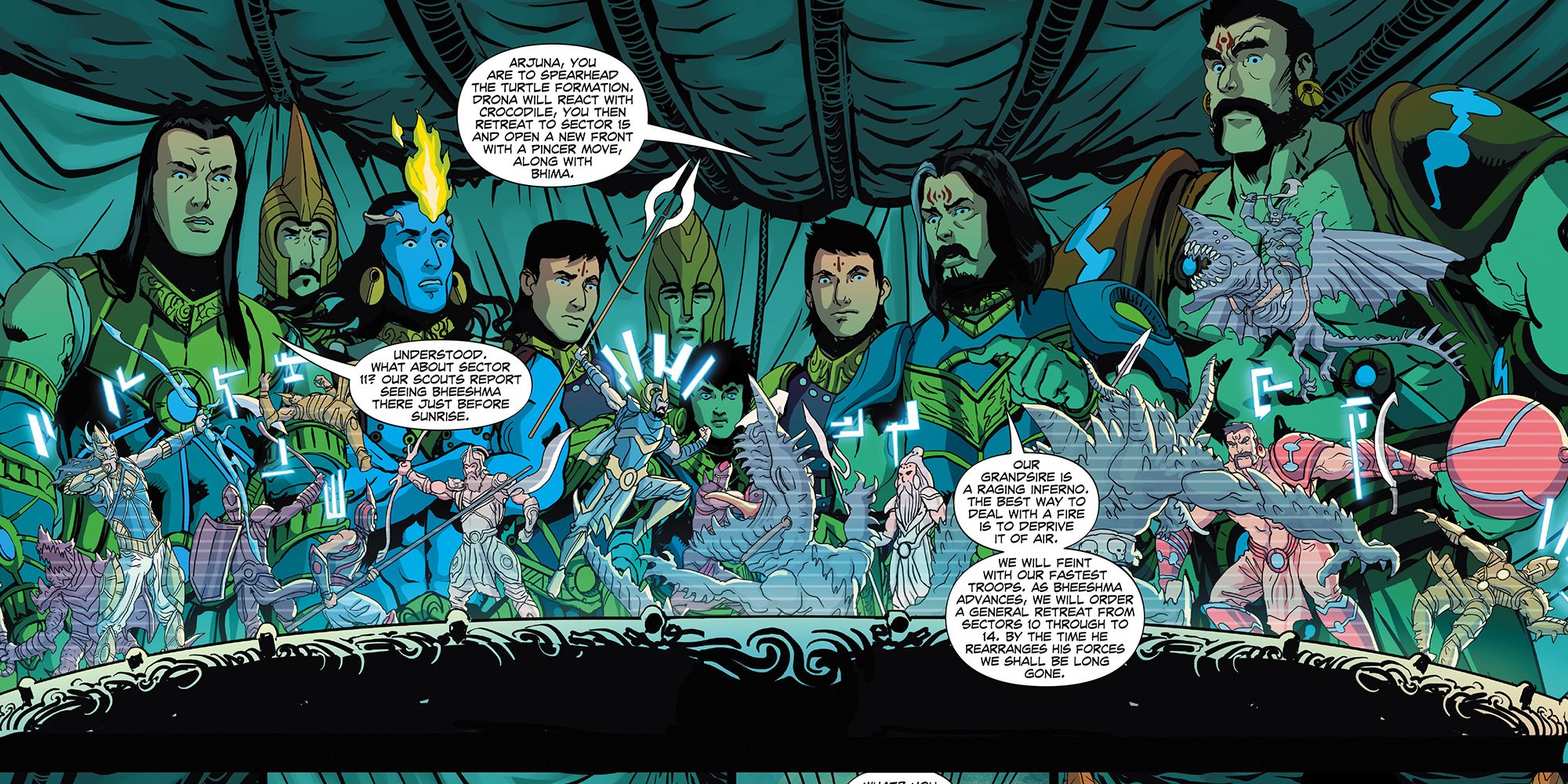
Based on the Indian epic Mahabharata, Grant Morrison's 18 Days tells the tale of three generations of soldiers who possess super strength, and the catastrophic war between them which ends the Age of God and brings forth the Age of Man.
This story is derived from the ancient tale of the battle between the Pandavas and Kauravas, interspersed with lessons about duty, responsibility, justice, fairness, victory, and the greater good. Though this is a retelling of the legend, the graphics in the book are also heavily influenced by the ancient Indian tale.

First published in 1962, Marvel Comics' Thor tells the story of the Norse god of Thunder of the same name. In an attempt to make an even more powerful superhero, Stan Lee decided to write about a god instead of man. He chose one from Norse mythology because he felt the world was too familiar with Greco-Roman deities already.
Thor is one of the most powerful Asgardians, banished to Earth by his Odin without his celestial memories and with his magical hammer Mjolnir, disguised as a walking stick. Marvel comics starring Thor have been popular for decades, and they feature other Norse pantheon characters such as Loki and The Valkyries. Thor has been seen in many MCU movies, with the next in the series, Thor: Love and Thunder, releasing in 2022.
6 Deadman
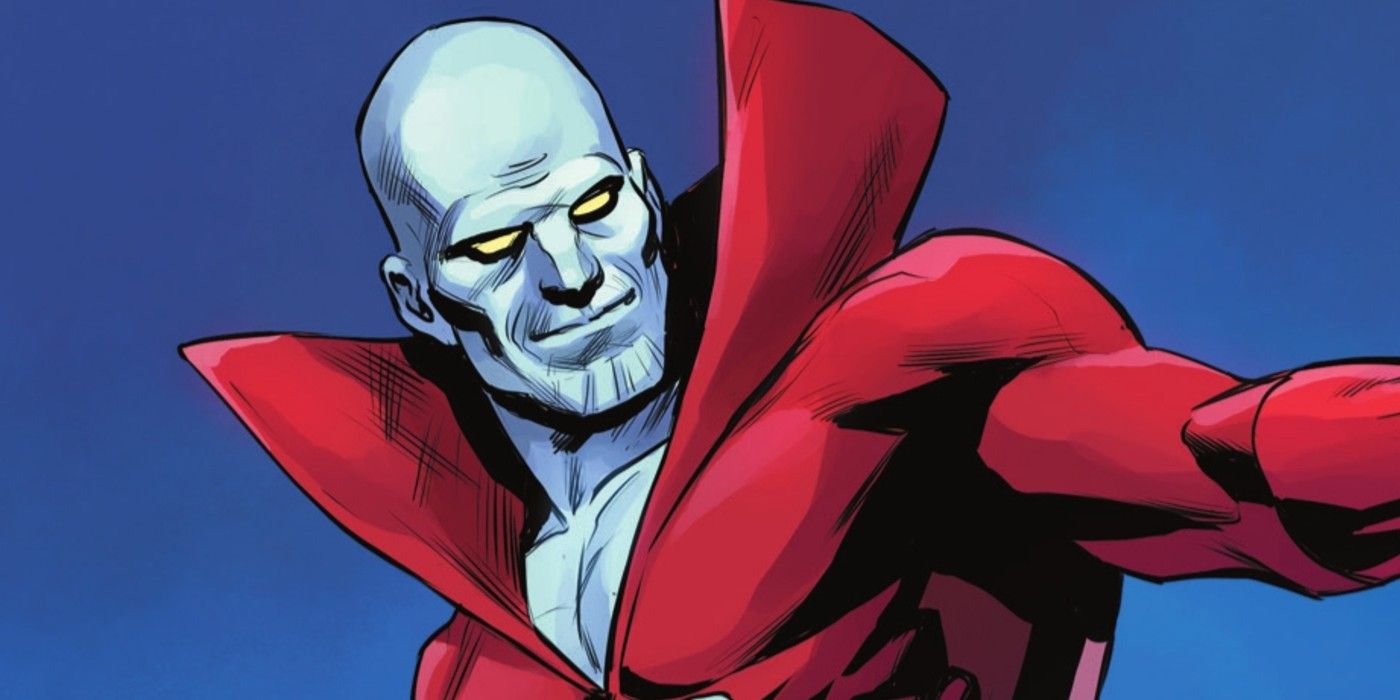
A superhero who exists in the ghostly realm, Deadman appeared first in Strange Adventures #205 published by DC Comics, before he got a few series of his own. Boston Brand was an accomplished Olympian and trapeze artist who was murdered while performing. His soul was then given powers of possession by Hindu goddess Rama Kushna, who was a reimagination of Ram, the Indian deity considered the Supreme Being.
Deadman takes over people's minds and performs good deeds through them, something that has likely been borrowed from the concept of Karma in ancient Indian lore. The comic also features a fictional city called Nanda Parbat in the Hindu Kush, which is a sort of rehab for evil people.
5 Moonshot: The Indigenous Comics Collection
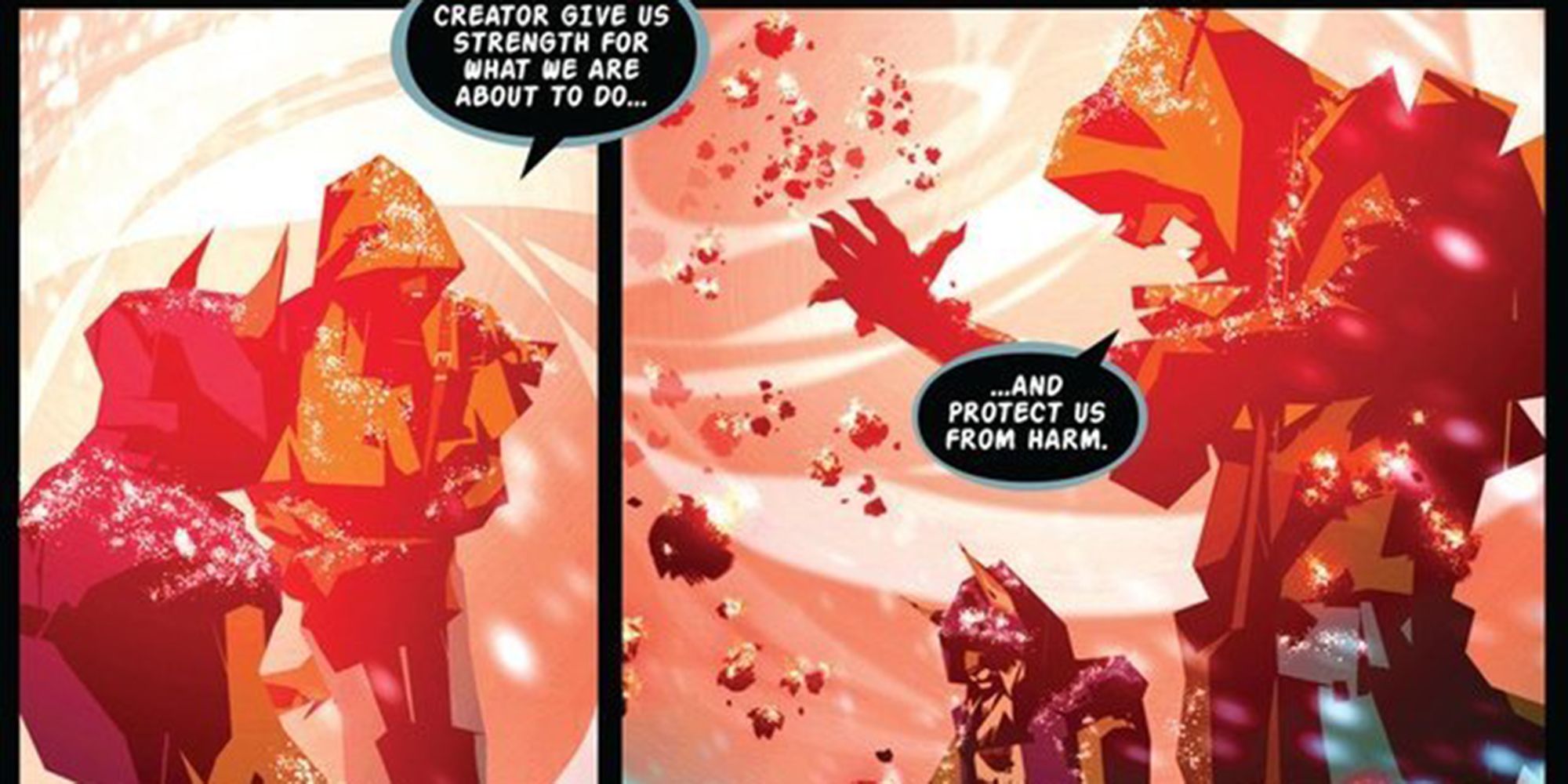
The Moonshot anthologies bring Native American mythologies and folklore to comics fans. The Moonshot comics themselves are the works of indigenous artists, and they share traditional stories in its pages with the permission of Native American communities and their elders.
The comic features the legend of Echo, a Cherokee girl who is deaf; the story of Inuit monster Qallupiluk; and Ochek, a Cree tale about the origin of constellations in the sky. The award-winning anthology is one of the best mythical comics out there.
4 Demon Slayer: Kimetsu no Yaiba
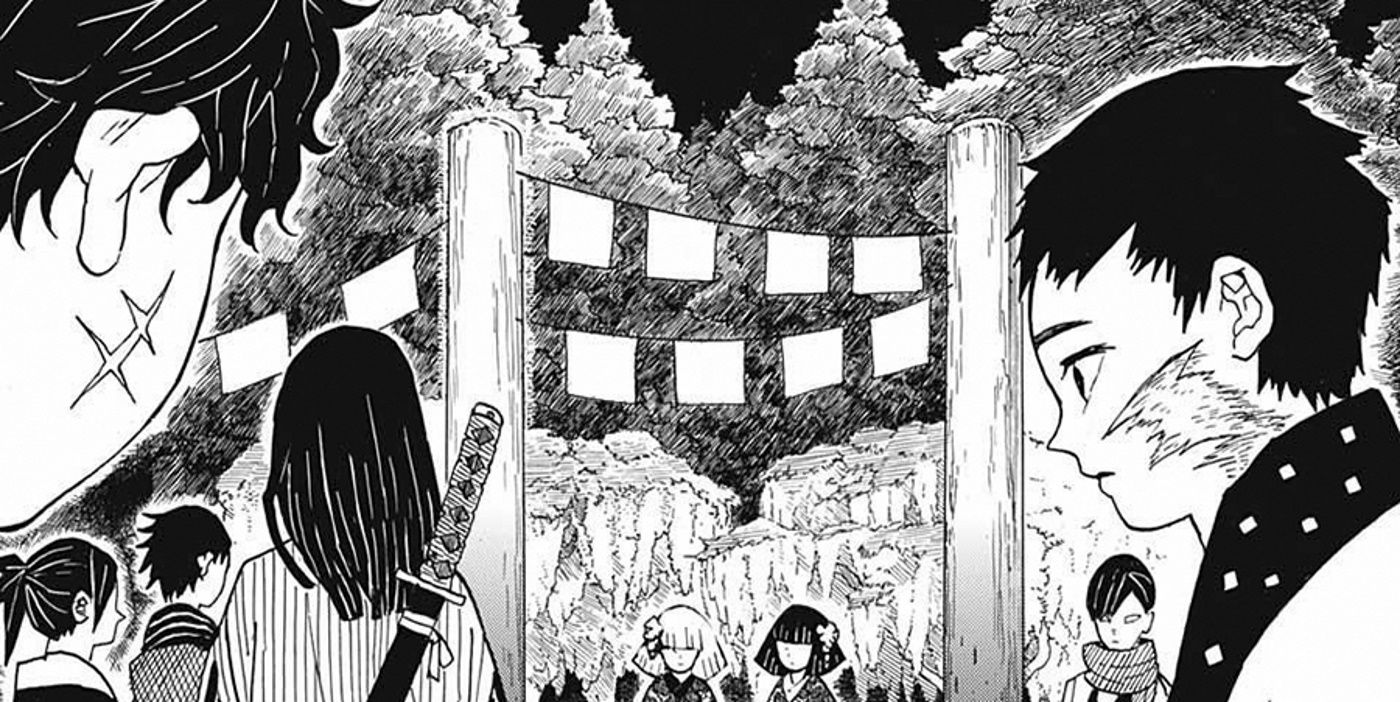
Illustrated by Koyoharu Gotōge, this manga draws on the Japanese tales of "yokai oni," which were demons and ogres in Japanese folklore. The comic depicts Tanjiro Kamado, a kind young boy who lives in the hills with his mother and siblings. After the demise of his father, he is the sole breadwinner of the family. One evening, he returns from work to find that his entire family has been slaughtered by demons, and his sister Nezuko is on her way to becoming a demon herself.
Tanjiro is forced to become a demon slayer in order to avenge his dead family, and he also embarks on a journey to help his demon sister become human again.
3 Shazam! Vol. 1
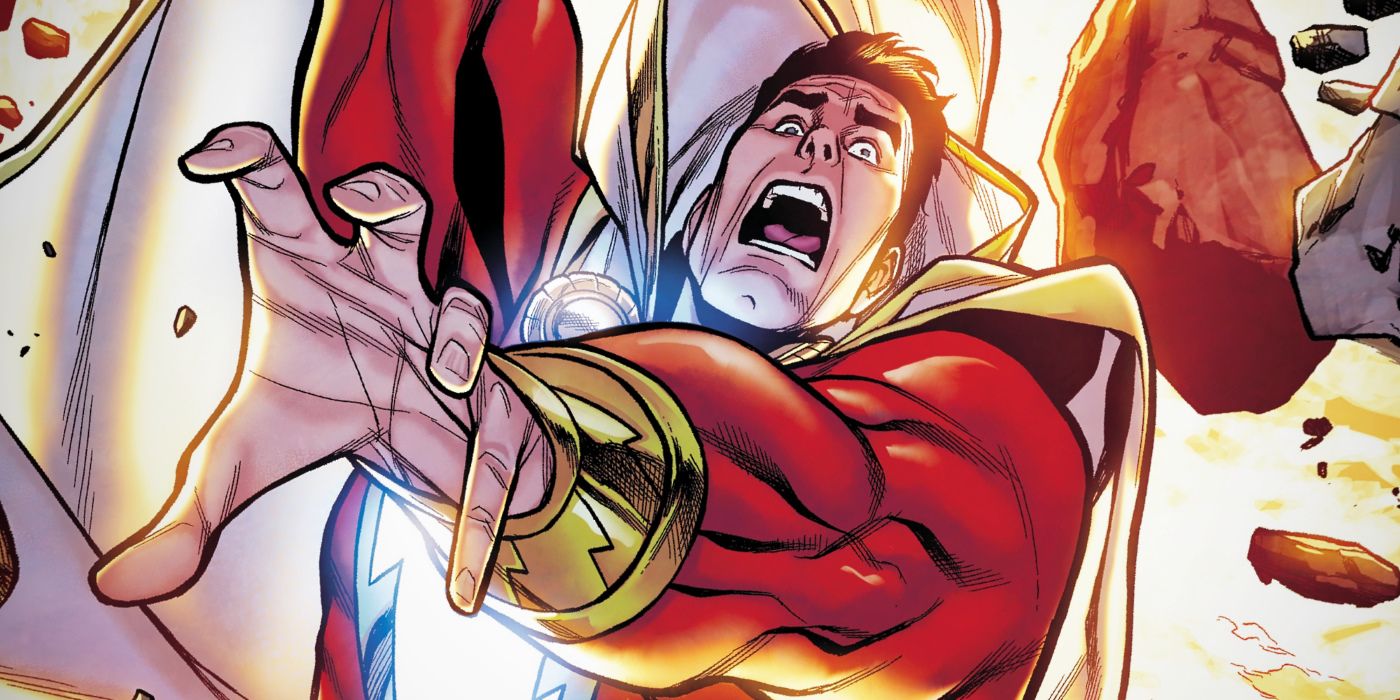
The origin of Billy Batson's superhero run as Shazam, or Captain Marvel as he was earlier known, came from an aging wizard who transferred all his powers to the young orphan boy and made him a champion of the oppressed. The character has been around for more than 80 years, and Shazam is a staple of both DC Comics and the DCEU movie universe.
The inspiration for most of Shazam's powers comes from Greek mythology. When Batson utters the word "shazam," he transforms into a superhero with the powers of six immortal elders: Solomon, Hercules, Atlas, Zeus, Achilles, and Mercury. He possesses Hercules' strength, Atlas' stamina, Zeus' power, Achilles' courage and Mercury's speed. (He also has the wisdom of Solomon, who is a character from Judeo-Christian tradition).
2 Ravanayan
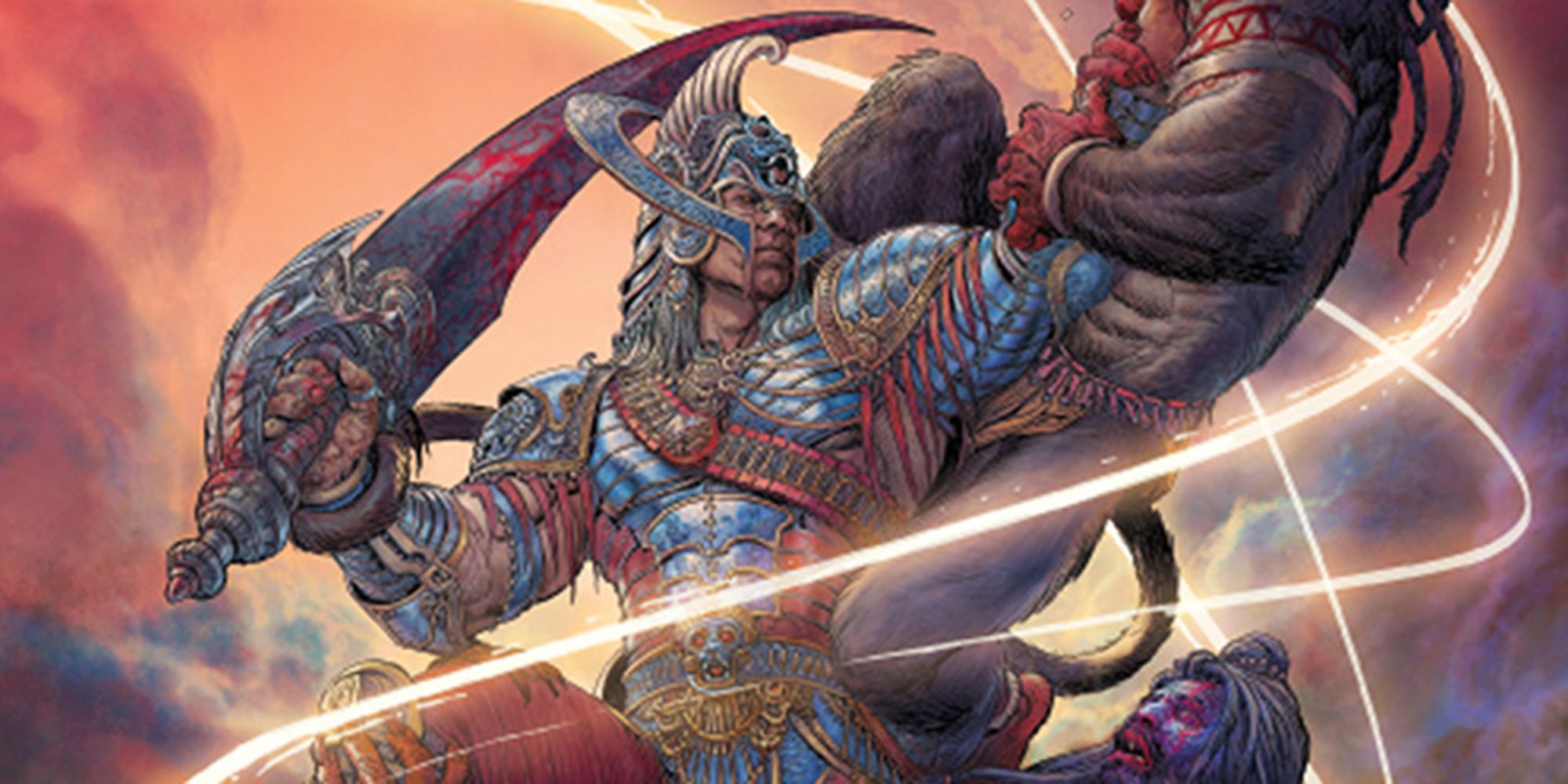
Drawing inspiration from Indian folklore, namely the Ramayan by Valmiki, Ravanayan is told from the perspective of its villain, named Ravana. It provides the perspective of the King of Lanka, who was known to be a just and fair ruler, and what led him to abduct Sita, the wife of the Indian deity Ram.
The Ramayan has had countless iterations in media, but none from the antagonist's point of view. This unique take on the traditional tale makes this comic book a must-read for those interested in unconventional storytelling.
1 Love Curiosity: Hades x Persephone
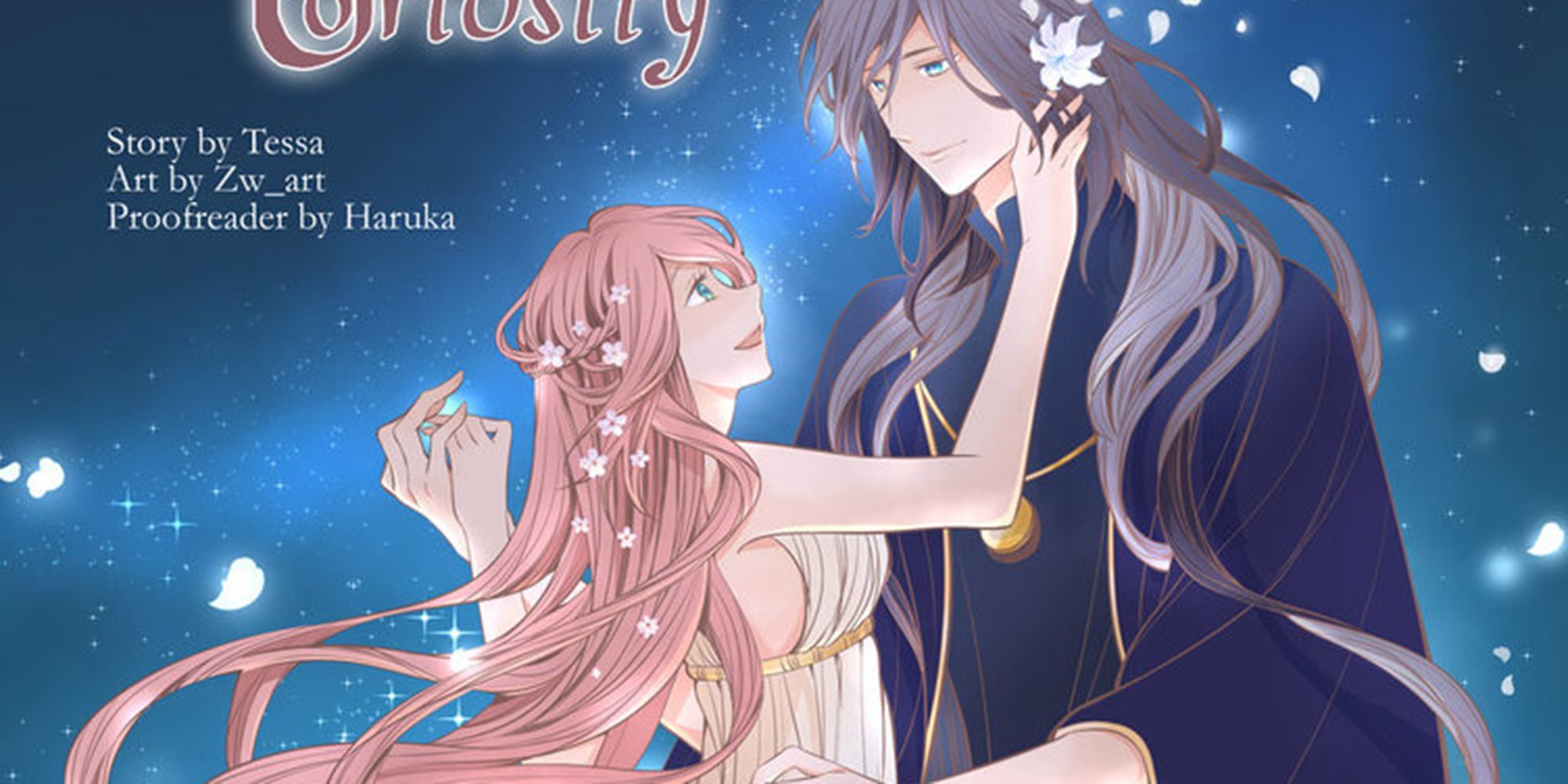
The Japanese manga Love Curiosity: Hades x Persephone takes inspiration from the love story between Greek gods Hades and Persephone. Hades, the god of the dead, had captured the Persephone, the goddess of spring, but they fell in love and married. This made Persephone the goddess queen of the underworld.
In the comic, the story is narrated a bit differently, with a forlorn Hades doomed to his position as guardian of the underworld. He cursed whatever he touched, but his life changes the day Persephone wanders into his realm, determined to love Hades.
NEXT: 10 Classic DC Characters Who Weren't Actually Introduced In The Comics
from ScreenRant - Feed https://ift.tt/3CH2mva


0 Comments